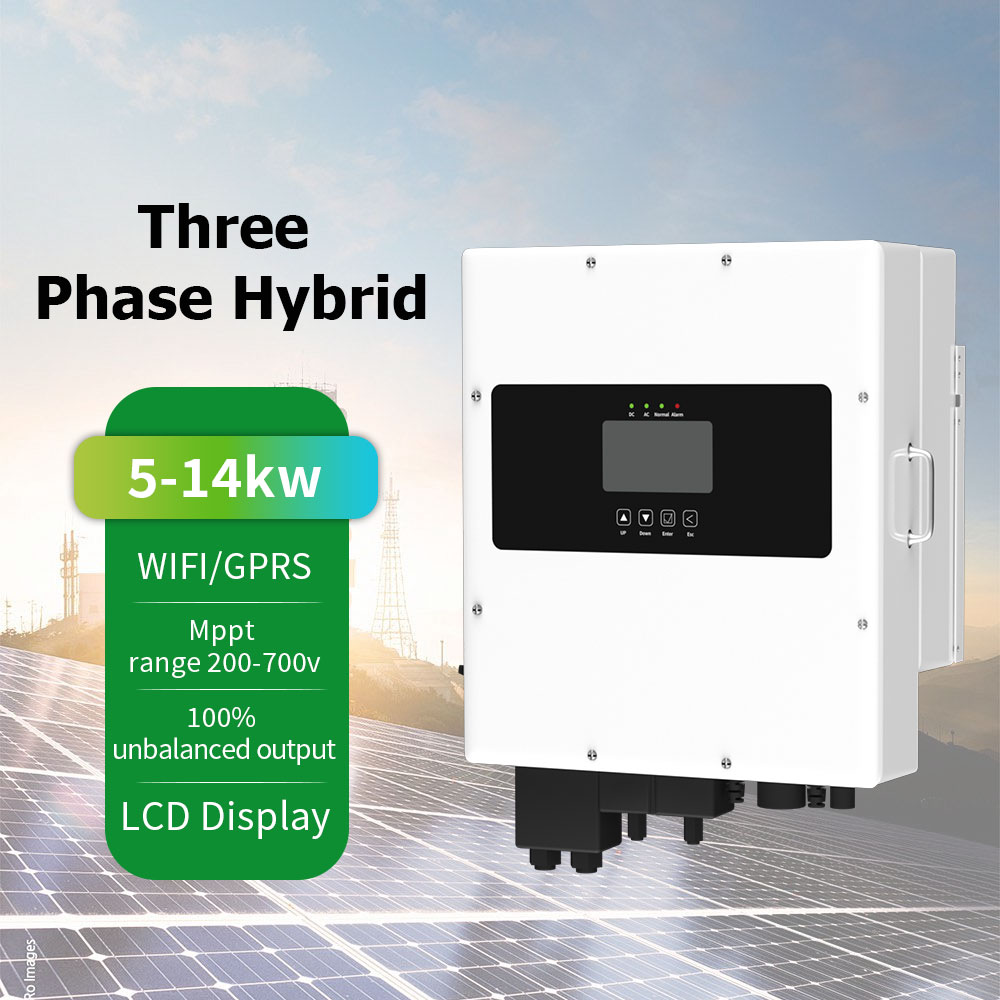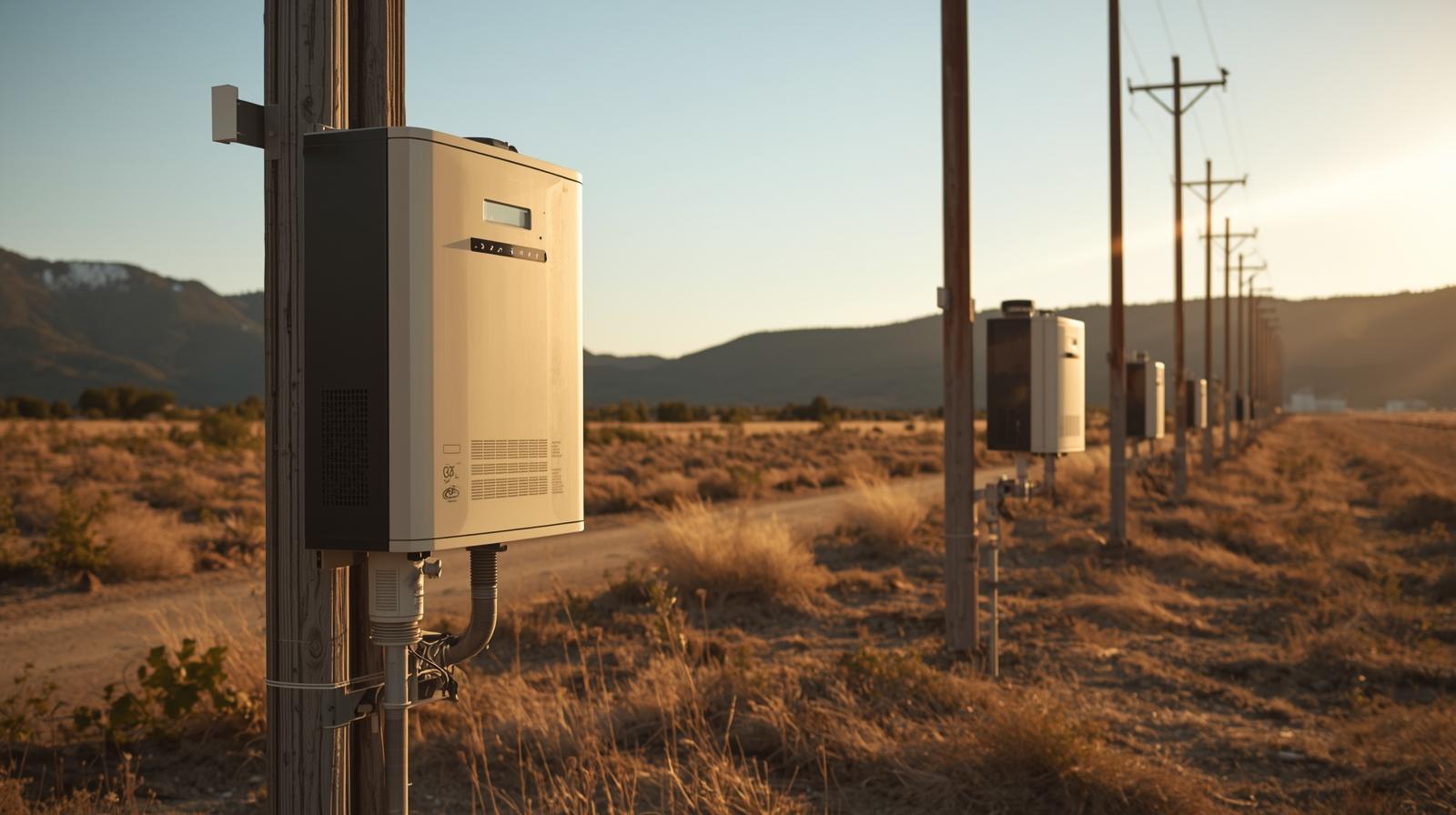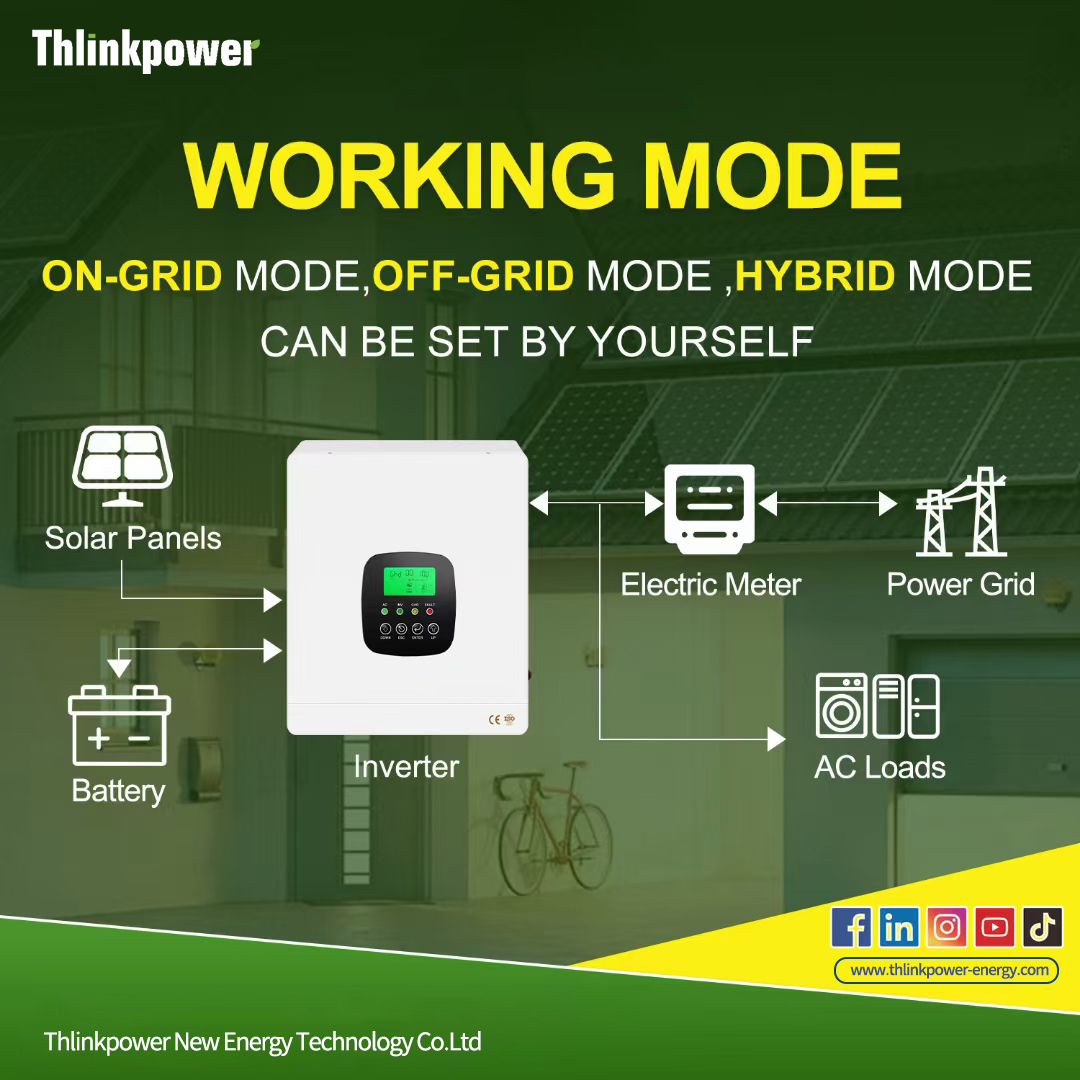
Power Challenges in Modern Warehousing
Warehouses are the backbone of global trade, but their energy requirements continue to rise — driven by lighting, climate control, conveyors, and charging systems for electric forklifts.
Traditional power supplies are often unstable or costly, especially for large logistics centers operating around the clock.
A solar inverter for warehouse solar system addresses this problem by converting sunlight collected from expansive flat roofs into usable AC power.
The result: lower utility costs, energy independence, and better sustainability compliance — all without disrupting warehouse operations.
How the System Works: From Sunlight to Stable Power Flow
A solar inverter sits at the heart of every rooftop photovoltaic system, managing how power flows from panels to loads and the grid.
For warehouses, its role extends beyond conversion — it ensures power reliability, efficiency, and safe distribution across wide electrical layouts.
| Component | Function | Benefit |
|---|---|---|
| Solar Panels | Generate DC electricity | Capture free, renewable energy |
| Solar Inverter | Converts DC to AC and balances load | Enables factory-grade power output |
| Battery Storage (optional) | Stores excess daytime power | Supplies night operations or emergencies |
| Energy Management System (EMS) | Monitors consumption and grid interaction | Optimizes self-use and prevents backfeed issues |
By combining solar, storage, and smart control, the inverter transforms a warehouse rooftop into a scalable, cost-saving energy hub.
Engineering for Industrial Roof Environments
Warehouse rooftops face extreme temperature variations, dust, and long daily operating cycles.
Therefore, industrial-grade inverters must be engineered to perform reliably under these demanding conditions.
Key features include:
-
High Conversion Efficiency (up to 98.6%) – maximizes yield from large solar arrays.
-
Three-Phase Output – compatible with heavy-duty equipment and HVAC systems.
-
Wide MPPT Range – adapts to uneven shading across roof panels.
-
Dust and Heat Resistance (IP65 rated) – ideal for open industrial environments.
-
Hybrid Power Capability – integrates solar, grid, and battery seamlessly.
-
Real-Time Monitoring – allows maintenance teams to track performance remotely.
These design factors make the inverter not just a converter — but a reliability layer for continuous warehouse operations.
Comparing Energy Options for Warehouses
| Power Option | Setup Cost | Operational Cost | Maintenance | Energy Independence |
|---|---|---|---|---|
| Grid-Only Electricity | Low | High (monthly tariffs) | Moderate | None |
| Diesel Backup Generators | Medium | Very High (fuel + noise) | Frequent | Partial |
| Solar + Inverter System | Medium | Very Low | Minimal | High |
| Hybrid Solar + Storage | Higher | Very Low (optimized self-use) | Low | Complete |
According to IRENA (2024), large-scale warehouse solar systems paired with hybrid inverters can cut total electricity expenses by up to 45% and reduce CO₂ emissions by over 70 tons annually per facility.
Real-World Applications Across the Logistics Sector
-
Cold Storage Warehouses
-
Hybrid inverters stabilize refrigeration units and maintain consistent voltage.
-
-
Distribution Centers
-
Large rooftop arrays offset power for conveyors and automated packaging lines.
-
-
E-Commerce Fulfillment Hubs
-
Smart inverters balance day-night power loads, ensuring uninterrupted IT systems.
-
-
Portside & Inland Logistics Facilities
-
Solar power mitigates energy cost fluctuations and grid outages.
-
-
Rural Storage Sites
-
Off-grid inverter systems ensure reliable power even without utility access.
-
These examples demonstrate that warehouse rooftops can evolve from passive structures into active energy producers.
Selecting the Right Inverter for Warehouse Projects
| Warehouse Size | Recommended Capacity | Key Design Priorities |
|---|---|---|
| Small warehouse (≤2,000 m²) | 20–40 kW | Grid-tied inverter, simple setup |
| Medium logistics center (2,000–5,000 m²) | 60–120 kW | Hybrid inverter, 3-phase output |
| Large distribution hub (5,000–10,000 m²) | 150–300 kW | Multi-MPPT inverter, modular scalability |
| Cold storage facility | 100–200 kW | Battery-compatible inverter, stable output under variable load |
Tip: For dust-heavy or humid zones, select IP65-rated inverters with external heat dissipation fins to ensure stable long-term performance.
Frequently Asked Questions
Q1: Can solar inverters support warehouse operations during night shifts?
Yes — hybrid models with battery storage provide stable night-time power without diesel dependency.
Q2: Is solar installation feasible on older warehouses?
Most roofs can be adapted with lightweight racking and string inverter designs.
Q3: How long does it take to recover the investment?
Payback typically occurs within 3–5 years, depending on grid tariffs and sunlight availability.
Q4: Can inverters handle partial shading or irregular roof designs?
Yes, thanks to advanced MPPT tracking that optimizes power from multiple string inputs.
From Storage Space to Smart Energy Hub
Warehouses no longer need to be energy consumers — they can be energy producers.
By combining solar generation with intelligent inverter control, logistics operators can achieve reliable power, lower costs, and contribute to carbon-neutral supply chains.
At Thlinksolar, our industrial-grade solar inverters are built for large rooftops — delivering high conversion efficiency, long service life, and full hybrid compatibility.
We help transform warehouse facilities into efficient, self-sustaining energy ecosystems.
To learn more, visit our homepage or reach out through our contact page.


